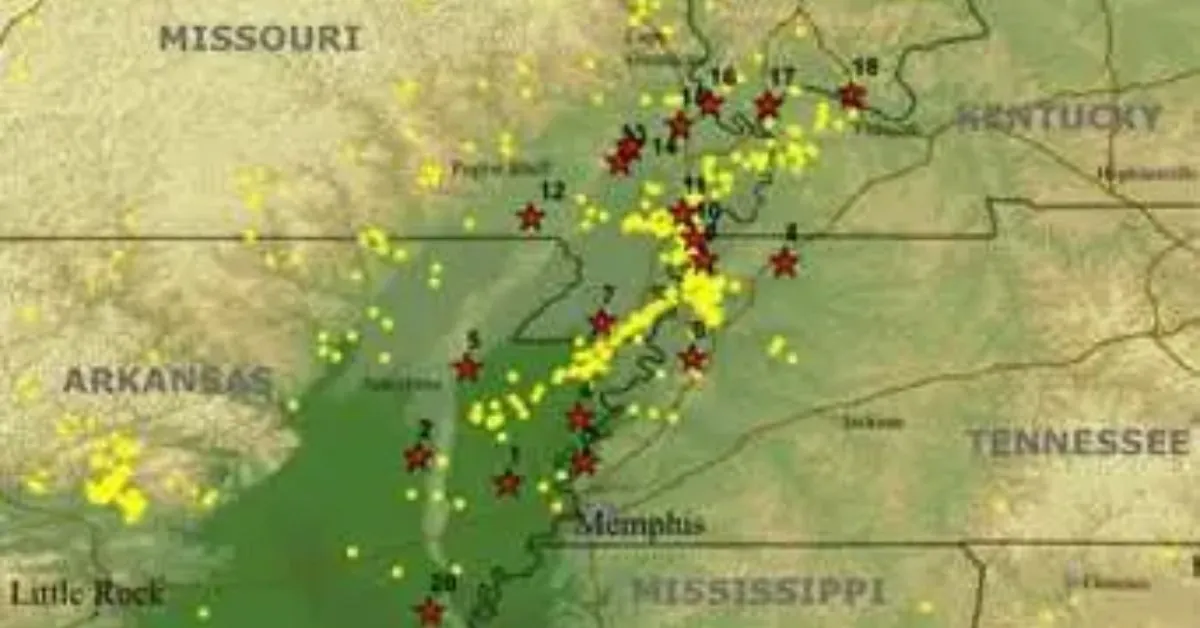Seven earthquakes struck the Mid-South in one day.
On Monday, Tennessee, Arkansas, Missouri, and Kentucky felt the greatest earthquake, measuring three magnitudes.
Dr. Kent Moran of the University of Memphis Center for Earthquake Research and Information is monitoring recent seismic activity on Seismic Maps.
“This is normal seismicity,” Dr. Moran stated. “It just comes in bursts on occasion.”
He is searching for more than just the Big One, encompassing earthquakes worldwide, including those in the Mid-South.
“We’re here at the earthquake center to help educate the public and emergency services on how to be prepared for such events, big or small,” said Prof. Moran.
In recent days, a “swarm of earthquakes” shook an area along Missouri’s New Madrid fault line.
Seven earthquakes struck the area in a nine-hour period.
Dr. Moran reports that during the past few days, a magnitude seven earthquake occurred off the coast of Oregon and California. “We’ve had a spate of smaller earthquakes here of magnitudes below two; the biggest of the four was a magnitude three.”
Memphis is next to the New Madrid Fault Line, which runs through Missouri, Arkansas, Tennessee, Kentucky, and Illinois.
“Well, with any fault zone, we have to have concern because faults do generate earthquakes, and earthquakes at times can be bigger than what we have had,” says Dr. Moran.
Researchers estimated the magnitude of a series of severe jolts felt inside the New Madrid Seismic Zone in late 1811 and early 1812 to be 7.0 to 7.7.
Some claim that the tremors created Reelfort Lake, which temporarily caused the Mighty Mississippi River to flow backward.
“Historically, we haven’t had a large earthquake in this area since the 19th century,” Dr. Moran explained. “The most recent earthquake near the New Madrid Zone was magnitude 5.2 in Marked Tree, Arkansas, in 1976. However, we have experienced magnitude fours and fives outside the zone that have been felt in Memphis.”
Dr. Moran stated that the key to preparing for smaller quakes or the Big One is to plan ahead of time rather than panic.
“In terms of preparedness, treat earthquakes and seismic activity like you would treat a weather event,” Moran added. „The same things you prepare for weather, the same for earthquake.”

